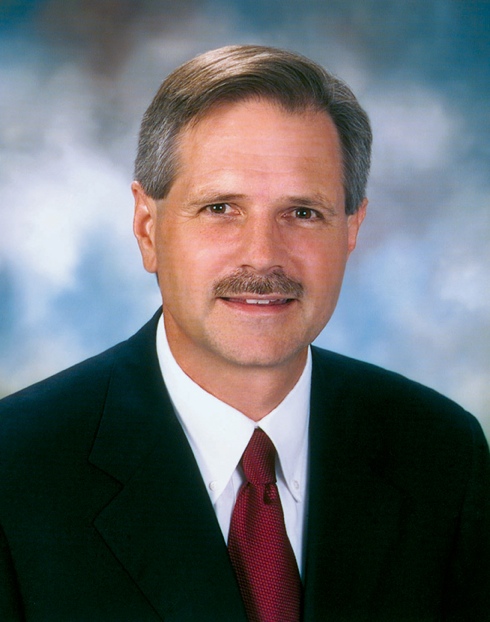Gov. John Hoeven (R-ND), the GOP frontrunner to win the seat of retiring Democratic Sen. Byron Dorgan, has an interesting wrinkle in his political history: When he first got into politics 14 years ago, he proclaimed himself to be a Democrat — and strongly denied any implication that he was a Republican.
The North Decoder blog dug up a letter that Hoeven wrote to a local newspaper in 1996. At the time, Hoeven was president of North Dakota’s state-run bank, and was eyeing a possible run for governor, which he ultimately did as a Republican in 2000. “I have always been moderate in my political views, but now that I am considering elective office, I realize I must join a political party and stick to it,” Hoeven wrote in 1996. “I have decided to join the Democratic-NPL Party because I believe that is the best fit for my views.”
Also in his 1996 letter, Hoeven strongly rejected the suggestion that he could be a Republican: “What people don’t want is partisan politics as usual. The effort by overly partisan members of the Republican Party to cast me as one of their own is just that, partisan politics as usual.” So we asked Hoeven’s campaign manager, why did he end up becoming a Republican instead?
“Well first of all, the governor always felt called to public service, felt that that was important,” said Don Larson, campaign manager for Hoeven’s Senate run, in an interview with TPMDC. “So when it came time that he was considering running, he did write that letter at that time. Shortly after that, he realized his views were more in line with the Republicans than the Democrats. So he got involved with the Republican Party, became a Republican district chairman, helped Republican candidates around North Dakota, and then ran for and won the governorship. Before that, he had not been involved in politics at all, either as a Republican or a Democrat.”
Was there a specific event or issue that made him become a Republican, I asked? “No,” Larson responded. “It was a realization that his views, his efforts towards job creation, towards building a better business climate in our state, those are more in line with what the Republican philosophy is.”
Given Hoeven’s statements that one should join a political party and stick to it — and that he initially chose the Democrats — what would his response be to people who might question his bonafides as a conservative Republican? “Well what I’d say is look at his time as governor of North Dakota,” Larson replied. “We’ve gone from zero reserves to over $700 million in reserve. We have zero general fund obligations, zero general fund debt, we’ve lowered taxes, and those are all in line with his view on how government should be run. You should take in more than you spend, you should build your base, build your economy to fund the programs that are important, and then you should give the money back to the people through tax cuts.”
(Fun fact: The full, non-abbreviated name of North Dakota’s state Democratic Party is the “North Dakota Democratic Non-Partisan League Party.” Just think about that. It dates back to a merger between the Democrats and the left-wing populist Non-Partisan League, which was a major political force in the state during the first half of the 20th century. But just think about that name.)






